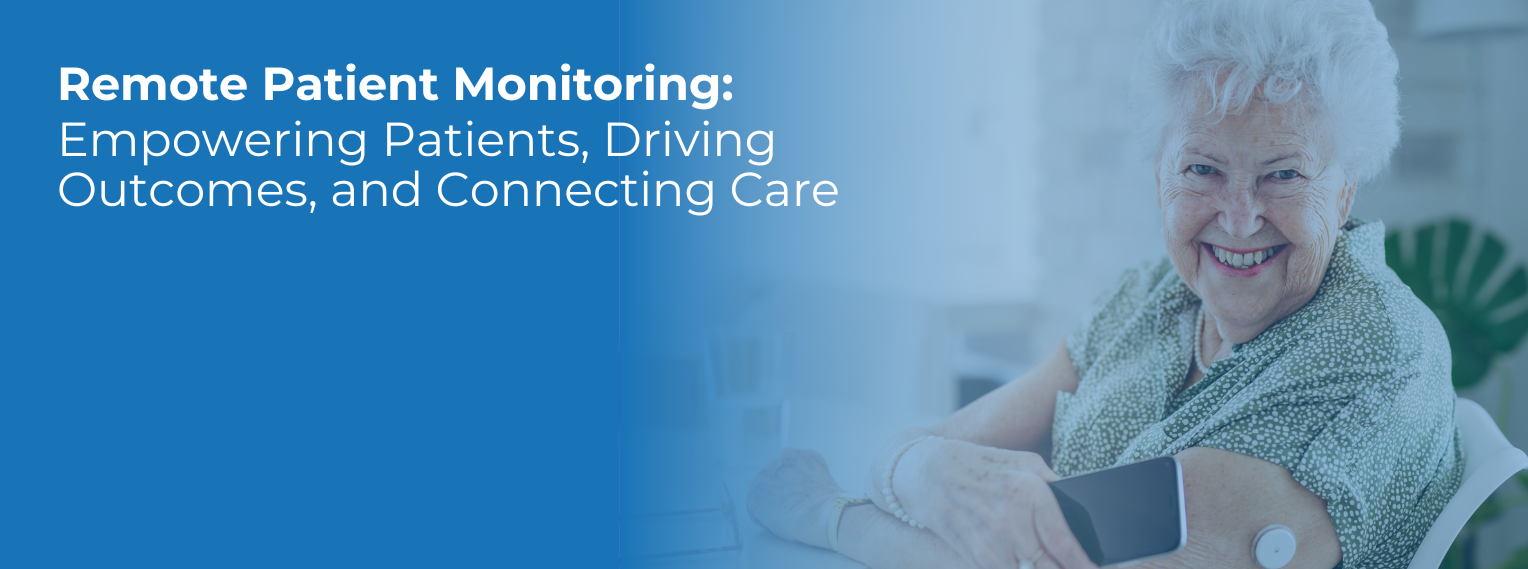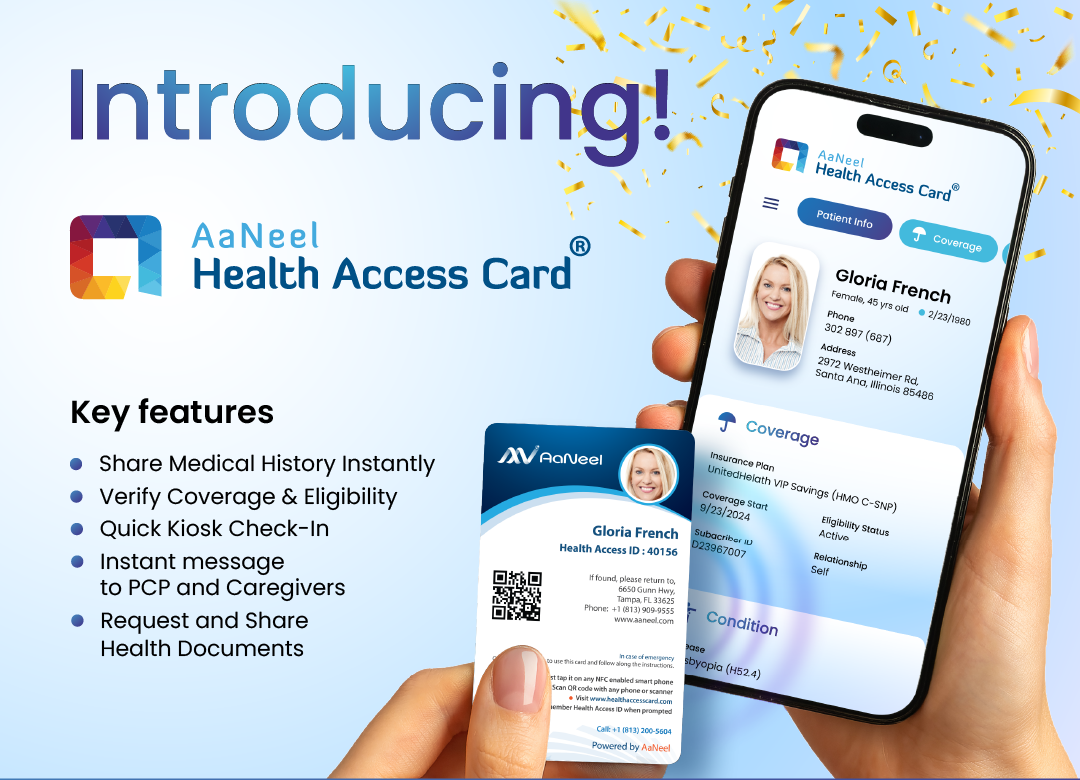Remote Patient Monitoring

Remote Patient Monitoring: Empowering Patients, Driving Outcomes, and Connecting Care
In today’s value-based care environment, Remote Patient Monitoring (RPM) isn’t just about tracking vitals or gathering data — it’s about connecting information in ways that empower patients, guide providers, and improve outcomes across the entire care journey.
When integrated thoughtfully, RPM becomes more than a tool — it’s a bridge between the home, the clinic, and every specialist a patient encounters.
Why RPM Matters
The impact of Remote Patient Monitoring is well documented. When implemented effectively, it improves outcomes, reduces costs, and deepens patient engagement.
A 2021 systematic review found that RPM can reduce acute care utilization when the right patients are enrolled and early deterioration is identified, allowing care teams to intervene in time.
Other studies echo those findings — showing how real-time home data supports better chronic condition management and helps prevent unnecessary emergency visits and hospital admissions.
According to the U.S. Department of Health and Human Services, RPM strengthens continuity of care by enabling providers to monitor patients between visits, adjust treatments in real time, and reinforce care plans that keep patients on track.
(Source: telehealth.hhs.gov)
What’s Still Missing: Data Fluidity and Patient Ownership
Despite its promise, much of the data generated through RPM never makes it to the point of care.
Device dashboards and third-party apps often sit outside the clinical workflow — leaving valuable insights stranded in silos, disconnected from the systems where decisions are made. The result? Missed opportunities for timely intervention and a fragmented patient story.
That’s why true success in RPM requires patient-centered interoperability — not just connected devices, but connected data.
AaNeel’s Approach:
Real-Time Insight + Patient-Controlled Records
AaNeel’s platform brings RPM data into the clinical ecosystem in real time, allowing care managers and providers to see what’s really happening between visits — from vital trends and medication adherence to early signs of risk.
And when combined with the Health Access Card®, that information becomes both portable and patient-facing.
Patients can carry their Health Access Card® — embedded with a dynamic view of their longitudinal health record — and share it instantly with their primary care providers, specialists, or any member of their care team.
This transforms the care experience by reducing redundancy, improving decision-making, and empowering patients to play an active role in managing their health.
Why It Matters for Value-Based Care Organizations
For IPAs, MSOs, and ACOs operating under risk-based contracts, this model offers a practical solution to the daily challenges of coordination, data sharing, and performance measurement.
-
Improved engagement: When patients can view and share their data, they become active participants in their care.
-
True interoperability: RPM and clinical data follow the patient seamlessly across settings — no silos, no lost insights.
-
Cost avoidance: Early detection and proactive interventions help prevent avoidable hospitalizations and readmissions.
-
Data continuity: Providers gain a unified view of the patient’s health, strengthening communication and improving outcomes.
The Future of Connected Care
The future of connected care isn’t just digital — it’s dynamic, data-driven, and patient-controlled.
With Remote Patient Monitoring integrated through AaNeel’s platform and the Health Access Card®, healthcare organizations can finally align technology, clinical insight, and patient empowerment — all in the palm of a patient’s hand.
If your organization is ready to strengthen engagement, streamline coordination, and elevate outcomes, let’s connect.
Because the future of connected care is already here — and it fits in your pocket.

